| |
|
|
Botanical Name |
: |
Ruta graveolens L. |
English
Name |
: |
Garden Rue. Rue and Herb of Grace |
Family |
: |
Rutaceae |
| |
General Info
| Description |
 |
|
A perennial herbaceous or half-shrubby plant, reaching 2 or 2½ feet in height. Stems cylindrical, slender, branched in the upper part, quite smooth, pale galucous green, somewhat shrubby at the base. Leaves alternate, without stipules, compound, the lower ones tripinnate, the upper ones sub-bipinnate or pinnate. Inflorescence a terminal corymbose irregularly trichotomous cyme. Flowers on long stalks, erect, nearly an inch across. Fruit dry, hard, roundish, greyish-brown, rough, each carpel dehiscing from above ventrally and also for some way down the dorsal suture. Seeds ovoid, rounded on the back, flattish in front, angular, testa blackish, rough; embryo slightly curved from base to apex. |
| Herb Effects |
 |
|
Sedative, antibacterial, abortifacient, antiinflammatory, alleviates spasms, stimulant and diuretic (plant); antirheumatic, antihysteric and analgesic (leaf); antiepileptic, rubefacient and anthelmintic (volatile oil); antidote, antispasmodic, carminative, emetic, emmenagogue, expectorant, haemostatic, homeopathy, ophthalmic, rubefacient, stimulant, stomachic. |
Chemistry
| Active Ingredients |
 |
|
Methyl nonyl ketone and methyl heptyl ketone (volatile oil); graveolinine (stem); skimmianine (stem and leaf); coumarins and alkaloids (root); alpha-pinene, gualacol, herniarin, limonene, psoralen, quercetin, rutin, xanthotoxin (plant); ascorbic acid (leaf) |
| Chemistry
of Active Ingredients |
 |
|
|
 |
Name |
CAS# |
IUPAC Name |
Formula |
Structure |
 |
|
| Methyl nonyl ketone |
112-12-9 |
undecan-2-one |
C11H22O |
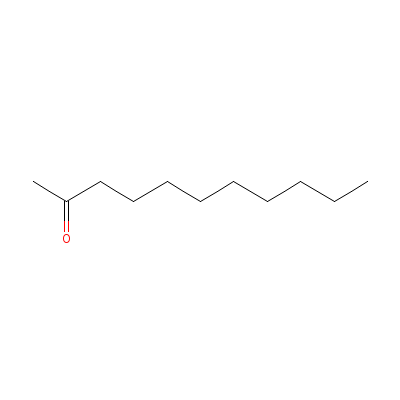
|
| Methyl heptyl ketone |
821-55-6 |
nonan-2-one |
C9H18O |
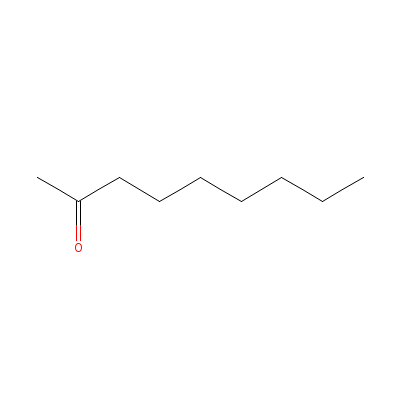
|
| Skimmianine |
83-95-4 |
Not Available |
C14H13NO4 |
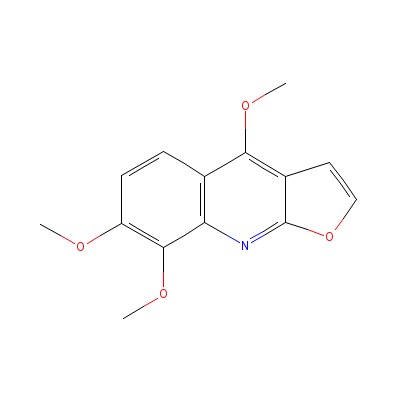
|
| Coumarins |
81-81-2 |
2-hydroxy-3-(3-oxo-1
-phenyl-butyl)-chrom
en-4-one |
C19H16O4 |
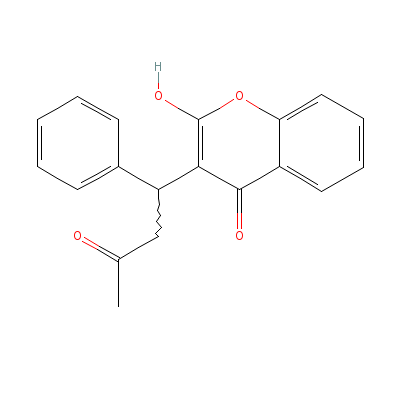
|
| alpha-Pinene |
80-56-8 |
2,7,7-trimethylbicyc
lo[3.1.1]hept-2-ene |
C10H16 |

|
| Herniarin |
531-59-9 |
7-methoxychromen-2-o
ne |
C10H8O3 |
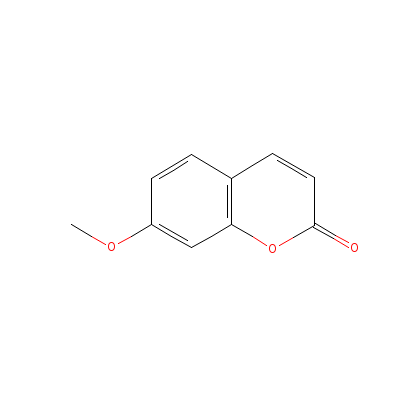
|
| Limonene |
9003-73-0 |
1-methyl-4-prop-1-en
-2-yl-cyclohexene |
C10H16 |
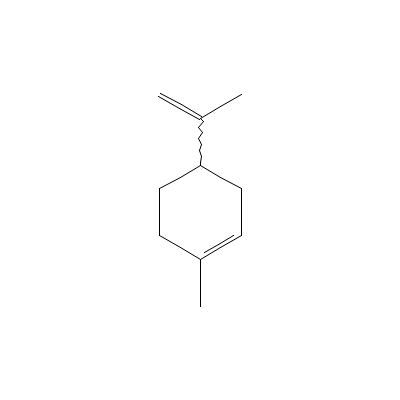
|
| Psoralen |
10523-56-5 |
Not Available |
C17H18O6 |
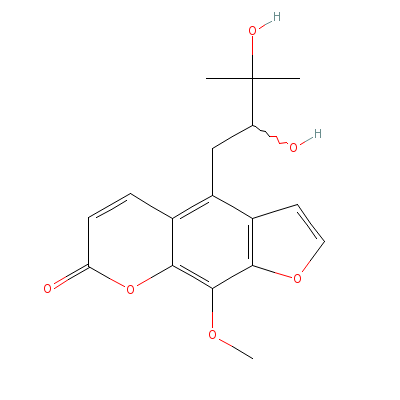
|
| Quercetin |
Not Available |
2-(3,4-dihydroxyphen
yl)-3,4,5-trihydroxy
-chromen-7-one |
C15H10O7 |
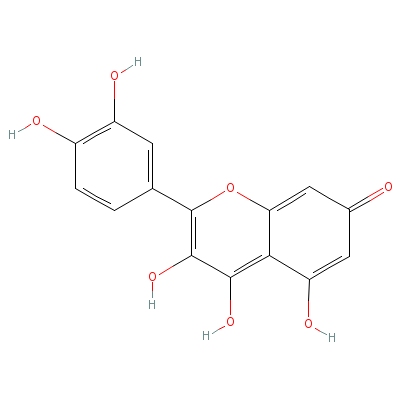
|
| Rutin |
Not Available |
2-(3,4-dihydroxyphen
yl)-4,5-dihydroxy-3-
[3,4,5-trihydroxy-6-
[(3,4,5-tr
ihydroxy
-6-methyl-tetrahydro
pyran-2-yl)oxymethyl
]tetrahydropyran-2-y
l]
oxy-chromen-7-on
e trihydrate |
C27H36O19 |
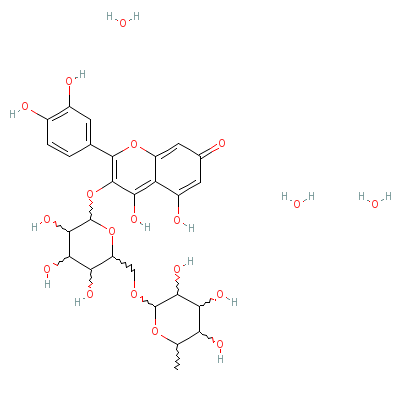
|
| Xanthotoxin |
298-81-7 |
Not Available |
C12H8O4 |
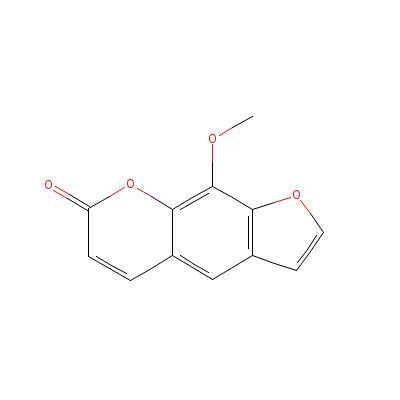
|
| Ascorbic acid |
Not Available |
2-(1,2-dihydroxyethy
l)-4,5-dihydroxy-fur
an-3-one |
C6H8O6 |

|
|
Pharmacology
| Medicinal Use |
 |
|
For colic, as an analgesic, in hysteria, giddiness, nervous headaches, palpitations and rheumatism (leaf); alleviating gall bladder stones, gallbladder pain and spasms, in amenorrhea and menopause (for hot flashes) (plant); as an emmenagogue, anthelmintic and in epilepsy (volatile oil); coughs, flatulence (flower infusion); alleviating pain. |
| Contraindication |
 |
|
All parts of this plant are poisonous in large quantities. It should not be used at all by pregnant women since it can induce abortions. The sap contains furanocoumarins, sensitizing the skin to light and causing blistering or dermatitis in sensitive people. |
| Reference |
 |
|
 Chandel et al., Biodiversity in Medicinal and Aromatic Plants in India. Chandel et al., Biodiversity in Medicinal and Aromatic Plants in India.
The Himalaya Drug Company.
Bentley and Trimen, Medicinal Plants.
Stary, The Natural Guide to Medicinal Herbs and Plants. |
Dealers
Products
|
|